- myFICO® Forums
- Types of Credit
- Credit Cards
- What CC is consider Primer Card
- Subscribe to RSS Feed
- Mark Topic as New
- Mark Topic as Read
- Float this Topic for Current User
- Bookmark
- Subscribe
- Mute
- Printer Friendly Page
What CC is consider Primer Card
Is your credit card giving you the perks you want?
Browse credit cards from a variety of issuers to see if there's a better card for you.
- Mark as New
- Bookmark
- Subscribe
- Mute
- Subscribe to RSS Feed
- Permalink
- Report Inappropriate Content
What CC is consider Primer Card
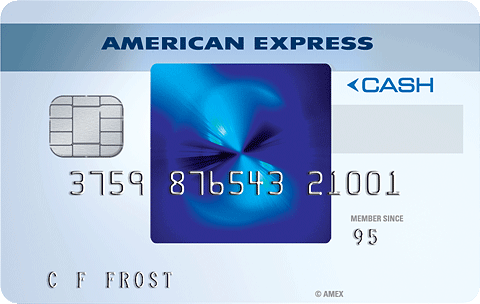

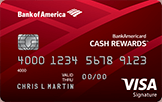
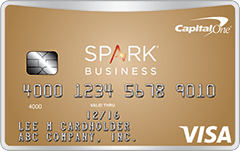
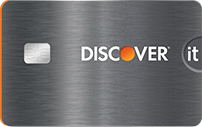


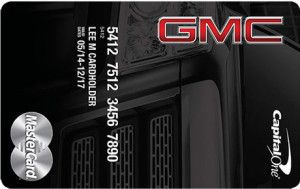
- Mark as New
- Bookmark
- Subscribe
- Mute
- Subscribe to RSS Feed
- Permalink
- Report Inappropriate Content
Re: What CC is consider Primer Card
What do you mean by 'primer'?
- Mark as New
- Bookmark
- Subscribe
- Mute
- Subscribe to RSS Feed
- Permalink
- Report Inappropriate Content
Re: What CC is consider Primer Card
Guessing they mean prime?
- Mark as New
- Bookmark
- Subscribe
- Mute
- Subscribe to RSS Feed
- Permalink
- Report Inappropriate Content
Re: What CC is consider Primer Card
@Anonymous wrote:Guessing they mean prime?
That's why I asked - I wasn't sure if OP meant prime or like primary or possibly like first.
- Mark as New
- Bookmark
- Subscribe
- Mute
- Subscribe to RSS Feed
- Permalink
- Report Inappropriate Content
Re: What CC is consider Primer Card
Prime card is a card with a top bank in the U.S. For example thus Chase, Amex, US Bank, Citi, BOA etc...
- Mark as New
- Bookmark
- Subscribe
- Mute
- Subscribe to RSS Feed
- Permalink
- Report Inappropriate Content
Re: What CC is consider Primer Card
@Anonymous wrote:Prime card is a card with a top bank in the U.S. For example thus Chase, Amex, US Bank, Citi, BOA etc...
Then the question becomes "What is a top bank"! For example, many here don't regard Cap One as prime, but it is one of biggest banks in the country.
While I think the usage of "prime" card is very suspect, if people must, I would I view any bank card as prime that doesn't have:
1) AF that is a big % of the CL
2) Monthly fees (usually after the first year)
3) Very high APR (say 30+%)
- Mark as New
- Bookmark
- Subscribe
- Mute
- Subscribe to RSS Feed
- Permalink
- Report Inappropriate Content
Re: What CC is consider Primer Card
@Anonymous wrote:
@Anonymous wrote:Prime card is a card with a top bank in the U.S. For example thus Chase, Amex, US Bank, Citi, BOA etc...
Then the question becomes "What is a top bank"! For example, many here don't regard Cap One as prime, but it is one of biggest banks in the country.
While I think the usage of "prime" card is very suspect, if people must, I would I view any bank card as prime that doesn't have:
1) AF that is a big % of the CL
2) Monthly fees (usually after the first year)
3) Very high APR (say 30+%)
I agree... I actually thinks CAP 1 rates high also and don't get enough credit. A few research on my part has made me like I said in another thread have al ot of respect for them.
- Mark as New
- Bookmark
- Subscribe
- Mute
- Subscribe to RSS Feed
- Permalink
- Report Inappropriate Content
Re: What CC is consider Primer Card
@Anonymous wrote:
@Anonymous wrote:Prime card is a card with a top bank in the U.S. For example thus Chase, Amex, US Bank, Citi, BOA etc...
Then the question becomes "What is a top bank"! For example, many here don't regard Cap One as prime, but it is one of biggest banks in the country.
While I think the usage of "prime" card is very suspect, if people must, I would I view any bank card as prime that doesn't have:
1) AF that is a big % of the CL
2) Monthly fees (usually after the first year)
3) Very high APR (say 30+%)
I thought when discussing whether Cap One was prime, it depends on the card? Venture and QS are more prime, I suppose, than VentureOne, QS1, Platinum and Secured.
If we're dicussing what cards are prime, I more or less agree with your assertion. The only exception I can consider is that I wouldn't consider a card that is secured prime, but if the secured card graduates into an offering that is considered prime by most (example: Discover, BofA 321 cash rewards, etc etc etc) then is said secured card a prime card obtained by a subprime consumer or is it not considered prime until it graduates?
- Mark as New
- Bookmark
- Subscribe
- Mute
- Subscribe to RSS Feed
- Permalink
- Report Inappropriate Content
Re: What CC is consider Primer Card
@Anonymous wrote:
@Anonymous wrote:
@Anonymous wrote:Prime card is a card with a top bank in the U.S. For example thus Chase, Amex, US Bank, Citi, BOA etc...
Then the question becomes "What is a top bank"! For example, many here don't regard Cap One as prime, but it is one of biggest banks in the country.
While I think the usage of "prime" card is very suspect, if people must, I would I view any bank card as prime that doesn't have:
1) AF that is a big % of the CL
2) Monthly fees (usually after the first year)
3) Very high APR (say 30+%)
I thought when discussing whether Cap One was prime, it depends on the card? Venture and QS are more prime, I suppose, than VentureOne, QS1, Platinum and Secured.
If we're dicussing what cards are prime, I more or less agree with your assertion. The only exception I can consider is that I wouldn't consider a card that is secured prime, but if the secured card graduates into an offering that is considered prime by most (example: Discover, BofA 321 cash rewards, etc etc etc) then is said secured card a prime card obtained by a subprime consumer or is it not considered prime until it graduates?
This is why I sort of think the term is meaningless. It doesn't only depend on the card but the terms you get with it. So Freedom is an entry-level card for Chase. You can get it with lowish scores, and get say a $500 CL with a 22.9% (or whatever) APR. Or you can get it with a $40,000 CL and a 13.99% APR. Are both "prime"? Is the former more prime than say a Cap One QS 1 with a $1,500 CL and 20% APR?
- Mark as New
- Bookmark
- Subscribe
- Mute
- Subscribe to RSS Feed
- Permalink
- Report Inappropriate Content
Re: What CC is consider Primer Card
IMHO it is simply a card that is targeted at (and attractive to) low-risk credit consumers. Contrasted with sub-prime, of 2007/2008 fame. So, generally, say any card that requries perhaps 720–740 or higher.